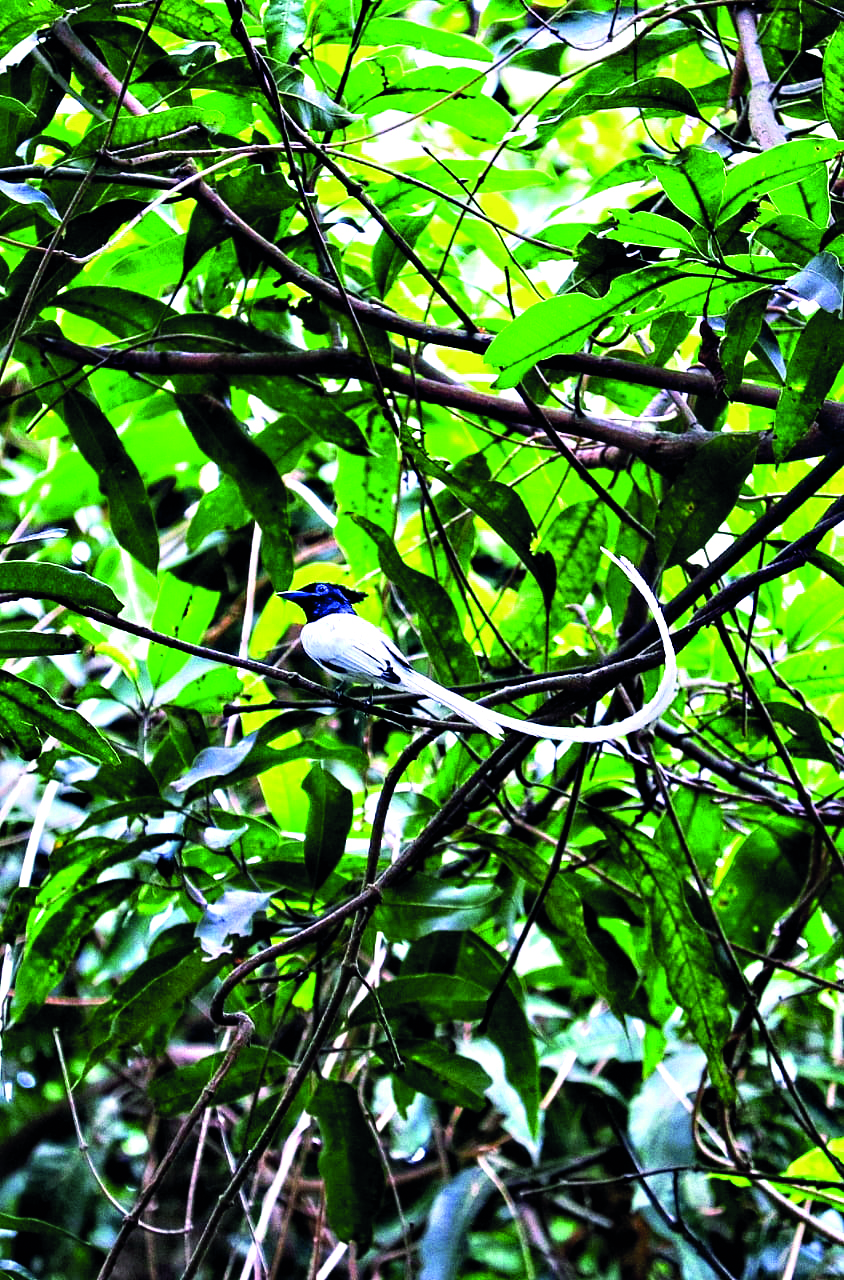Balurghat citizens document ecological heritage in new biodiversity initiative

BALURGHAT: In a spirited display of environmental awareness, residents of Balurghat have embarked on documenting their region’s ecological heritage through a Community Biodiversity Register (CBR). While the initiative is locally driven, it echoes the objectives of the West Bengal State Biodiversity Board, which has long promoted People’s Biodiversity Registers (PBRs) to empower communities in environmental conservation.
Inspired by the state’s progressive environmental framework, Balurghat residents are cataloguing native flora and fauna — both present and lost — from the region. Environmentalist Tuhinshubhra Mandal, a key coordinator, emphasised that the effort is rooted in community discussions and memory-sharing. “We’re recording stories of native trees, birds, insects and aquatic life to reconnect with our natural roots,” he said. Historically, Balurghat was home to a diverse ecosystem: indigenous trees like gab, madar, jiga, ata and babla; grasses with rare fruits; birds such as vultures and weaver birds; and aquatic life including bagar, hilsa, suvarnakhalki and even sushuk (small creature like dolphins) in the Atreyee River. Residents are now compiling these insights into the register to raise awareness and foster a culture of restoration.
The project reflects growing citizen participation in sustainable development — something the Bengal government actively encourages. While the effort was initiated independently, it aligns seamlessly with the State Biodiversity Board’s mission of involving local stakeholders in conservation. Challenges such as habitat loss, pollution and overuse of agrochemicals — issues recognised by the state — have contributed to the decline in biodiversity. Yet, the Balurghat effort underscores hope. Residents are proposing constructive solutions: planting native trees, preserving rivers, reviving wetlands and minimising harmful farming practices — recommendations that support the government’s environmental vision. This grassroots initiative showcases how citizen-led efforts can complement official frameworks. It highlights the increasing environmental literacy in Bengal and the strong community will to support state and national conservation goals.



